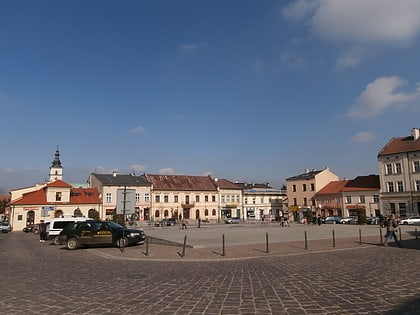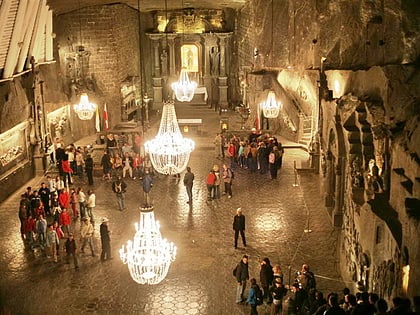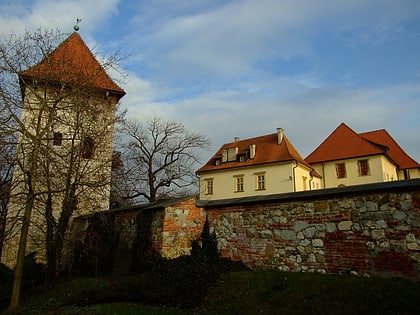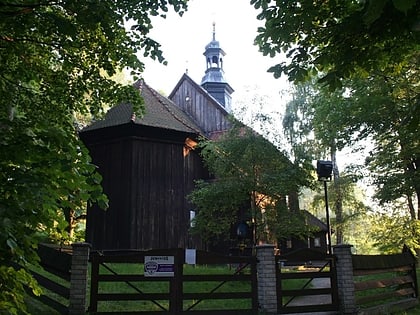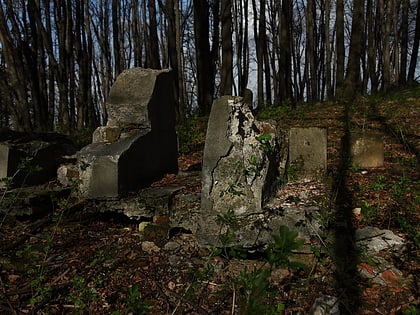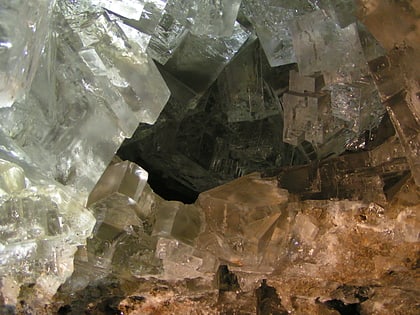Rynek Górny, Wieliczka
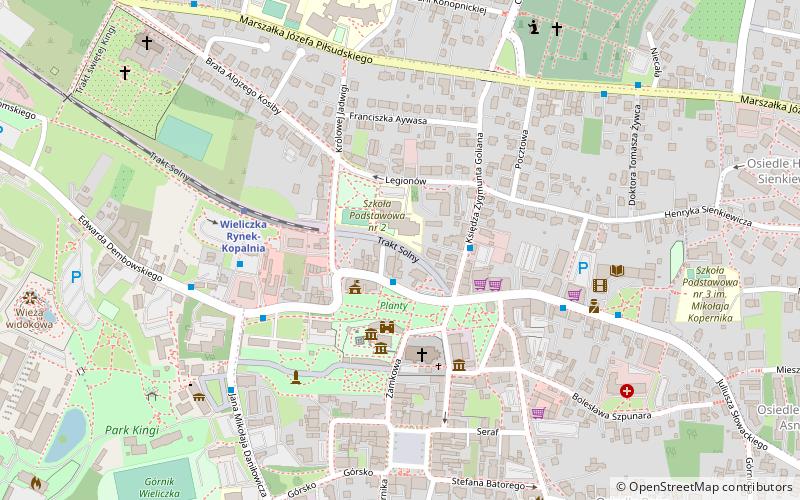

Facts and practical information
Upper Market Square in Wieliczka - the town square in Wieliczka dating from the reign of Kazimierz the Great, when Mikołaj Wierzynek was the alderman. It is a square square with eight streets leading off from it, two from each corner: Kopernika, Reymonta, Seraf, Władysława Sikorskiego, Zamkowa, Kilińskiego and Górsko.
The Upper Square was established soon after the town's incorporation in 1290 and at the time occupied a larger area than it does today. During the translocation, in 1361, a square with sides of 74.5 x 74.5 m was separated from the central part of the 13th century square, and the former square areas on the north and south sides were assigned for residential buildings. Thus, the Upper Square of Wieliczka was given a modern shape. Since the beginning of its existence, the market has played an important economic and administrative function. The trade route from Cracow to Hungary led through it. The most important municipal buildings, including the town hall, were erected there. In 1784 the Town Hall was demolished and the Przychocki Palace was built on its foundations. Until the 1870s, the square was mostly built up with buildings. Most of the buildings on the Market Square were wooden. At that time, the Jews from Klasno bought the plots of land left after the burnt houses and in their place they erected brick small-town houses, most of them one- and two-storeyed, which still exist today.
In 1977, the Upper Square was entered in the register of historical monuments. There are 16 buildings on it, in which 104 people lived in 2009.
The largest 3D painting in Poland, Salt World, is located in the Market Square.
Rynek Górny – popular in the area (distance from the attraction)
Nearby attractions include: Wieliczka Salt Mine, Żupny Castle, Kościół pw. Świętego Sebastiana w Wieliczce, Cmentarz żydowski w Wieliczce.
